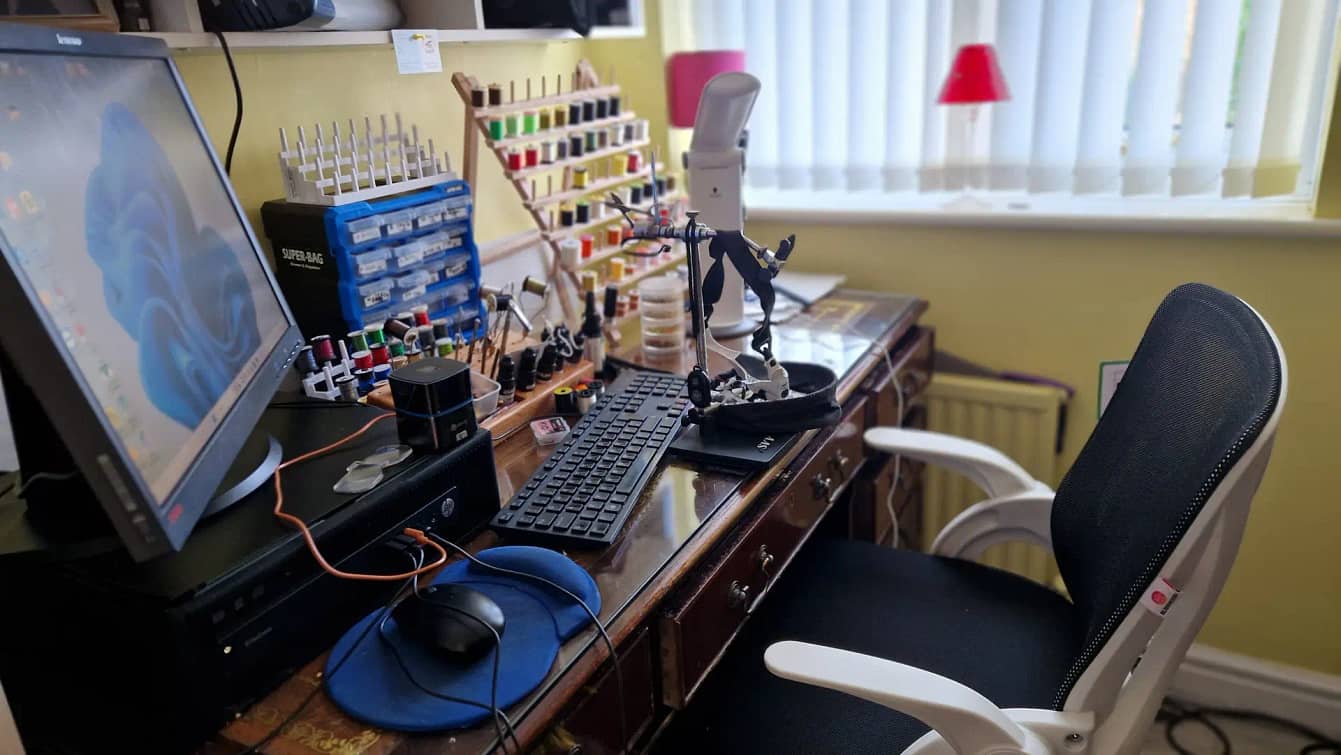Polish Style Nymph
The Polish-style nymph originated from the rich fishing traditions of Eastern Europe, where anglers have long relied on its minimalist design and functionality to target trout and grayling in river systems. Over time, its reputation crossed into stillwater fly fishing, proving just as effective in lakes and reservoirs. Characterized by a slim, heavily weighted profile, this fly pattern allows for fast sinking, precise control, and an uncanny ability to imitate aquatic insects such as caddis larvae, mayfly nymphs, or scuds.
The Secret Behind Its Simplicity
The genius of the Polish nymph lies in its minimalist design. Typically tied with natural materials like pheasant tail, hare’s ear, or peacock herl, combined with ribbing for segmentation, its understated appearance mirrors the subdued tones of real-life nymphs. A tungsten bead head and weighted body ensure it drops quickly into the strike zone, making it ideal for deep-water presentations.
Its natural look, combined with its efficiency in reaching feeding fish, makes it a favorite among anglers targeting trout that feed close to the lakebed or in submerged weed beds.
How It Excels in Stillwaters
Using Polish nymphs in lakes and reservoirs requires some adaptation from its more traditional use in rivers. Here’s how you can put this pattern to work:
1.Target Subsurface Feeding Trout: In reservoirs, trout often forage near the bottom, hunting for nymphs and larvae buried in the substrate or clinging to vegetation. Polish nymphs are superb for reaching these depths effectively.
2.The Right Rig: Fish it as part of a “team of flies” on a long leader with a slow-sinking or intermediate line. The weighted nymph acts as the anchor fly, helping to present other patterns like buzzers or dries naturally at various depths.
3.Slow and Steady Retrieves: A slow figure-of-eight retrieve, with occasional pauses, allows the nymph to mimic the subtle movement of aquatic insects. This technique is particularly deadly when fishing near drop-offs, ledges, or underwater structures.
4.Perfect for Loafing Trout: On warm, sunny days when trout appear lethargic, the nymph’s natural look and slow presentation can tempt fish that might otherwise ignore more active patterns.
Ideal Conditions
The Polish-style nymph excels in reservoirs during colder months when aquatic insects are a primary food source. It’s particularly effective in deeper water, making it a great choice when trout are feeding along the bottom or when exploring unfamiliar parts of a lake.
